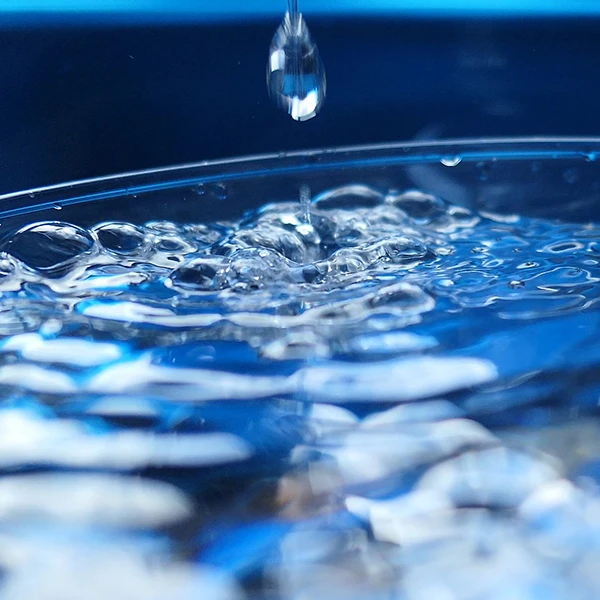Testing Water Quality With a Colorimeter

The human eye is a marvelous tool, capable of amazing feats. But its abilities are not limitless, especially when discerning between colors and shades that are extremely close in appearance, one to the others. For color measurement applications with water, a colorimeter returns the highest possible degree of accuracy.
Some people will say, “But water’s clear. Why would you want to measure it?” One reason is because impurities, let’s say, in bottled drinking water may alter the shade of the water far too slightly for a person to differentiate. A precise color measurement instrument, however, will spot the difference quickly.
In a water bottling plant, for example, quality control workers measure a sample of water they know to be pure. The data from that measurement is stored in the memory of the colorimeter. When measurements are taken on other batches of water, the instrument tells users if there is a variance in color, alerting them to the possibility of some sort of contamination.
These devices can also be used to measure waste water in order to determine the level of impurities it contains. For this task, technicians often set the instrument to what’s known as the APHA color index to use as their color measurement standard.
APHA stands for the American Public Health Association, and the index they adopted was created in 1892 by a man named A. Hazen, who was a chemist. The APHA index made it possible for the first time to measure the impurities in waste water by comparing it with a specialized solution containing platinum cobalt.
Many colorimeter models are hand-held and portable, making it easy for users to take them to different areas within a bottling or water treatment plant. They’re easy to operate, even for first-time users and feature a number of menus and programs that suit many measuring tasks.
But it’s not just in water-measurement that we find these instruments. They’re also used to measure a range of other liquids such as drugs, chemical solutions, beverage products and more. In all these cases, they alert users to any color variance from a pre-programmed standard.
Konica Minolta offers a full line of advanced color measurement devices that are used world-wide in laboratories, manufacturing plants and testing facilities when the precise reading of color is required.
If you’d like to know about Konica Minolta’s color measurement technology or any of our other products, feel free to call us at +65 6895 8685, or you can contact us through our website.
About the Author: Alan Chua
Alan Chua is the Assistant Manager of Konica Minolta Sensing Singapore Pte Ltd. Graduated from an electrical engineering background, he is mainly involved in sales, seminar, training and coaching in the field of light and color management. In his 18 years of experience in managing and providing solutions to the many industrial applications, he has also conducted color seminars and workshops to educate the industry on instrumentation technologies and color science. He was also invited as speaker for The Academy of Fashion Professions (TaF.tc) seminar which is the training arm of Textile & Fashion Federation (TaF.f). He was also the speaker for the Color Cosmetics Conference.

